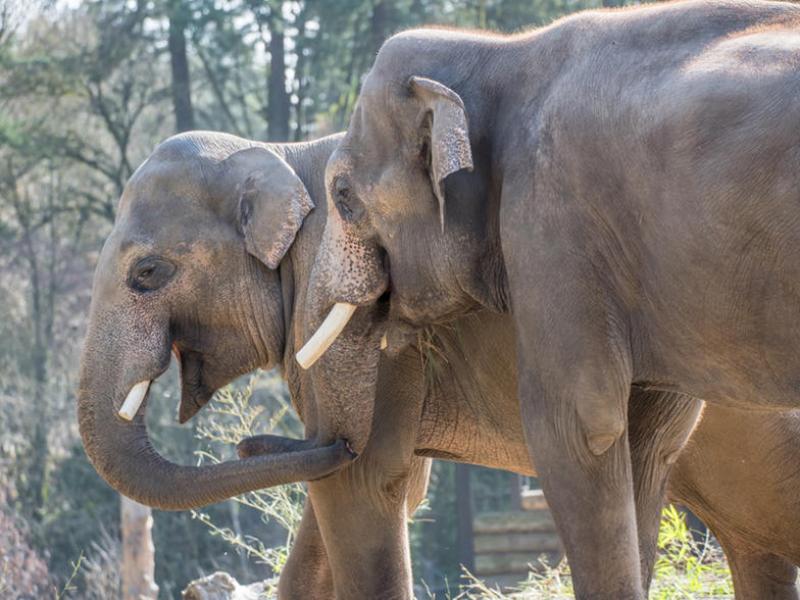
Polar bears live across 1 million square miles of open tundra and sea ice encircling the North Pole. Their range spans the far northern reaches of Alaska, Canada, Russia, Greenland, and Norway.
Polar bears are the largest member of the bear family. Adult males weigh up to 1,400 pounds and stand up to 11 feet tall on their hind legs.
The life of a polar bear
Polar bears are designed for the Arctic climate, where winter temperatures reach -50º F. Two types of fur and up to 4 inches of fat keep them warm and make their bodies more buoyant as they swim. Partial webbing of their huge feet helps bears paddle through the sea, and their large paws distribute their weight so they can walk safely across thin ice.
Polar bears eat primarily ice seals. They prefer ringed seals, but they also eat bearded, harp, and hooded seals. When food is plentiful, they eat only the skin and blubber and leave the rest of the carcass for Arctic foxes and other animals. In this way, polar bears are able to concentrate on high-calorie fat when food is plentiful and pack on the pounds.
Females are pregnant for 8 months. Because a bear might lose the embryo if she doesn't put on enough fat, the female eats enough in the early months of her pregnancy to double her body weight. Eventually she digs a snow cave called a "maternity den," where she spends the next 5 months, first giving birth, then nursing her cubs. She doesn't eat this entire time, so when she emerges from the den, she will have lost all of her extra body weight.
Newborn cubs are 12 to 14 inches long and weigh only about a pound. They are completely dependent on their mother for warmth and food, and they will typically stay with her until they are two and a half years old. Her milk is very rich, with about 31% fat (compared to 3.5% in whole cow's milk), so the cubs grow rapidly.
In the wild, polar bears live an average of 15 to 18 years, although biologists have tagged a few bears that were in their early 30s.
Polar bear conservation
Polar bears were listed as a threatened species across their range under the Endangered Species Act in May of 2008 because of the melting of their sea ice habitat. The current worldwide population of 20,000 to 25,000 is projected to rapidly decline. If climatic trends continue, polar bears will be gone from most of their range within 100 years.




